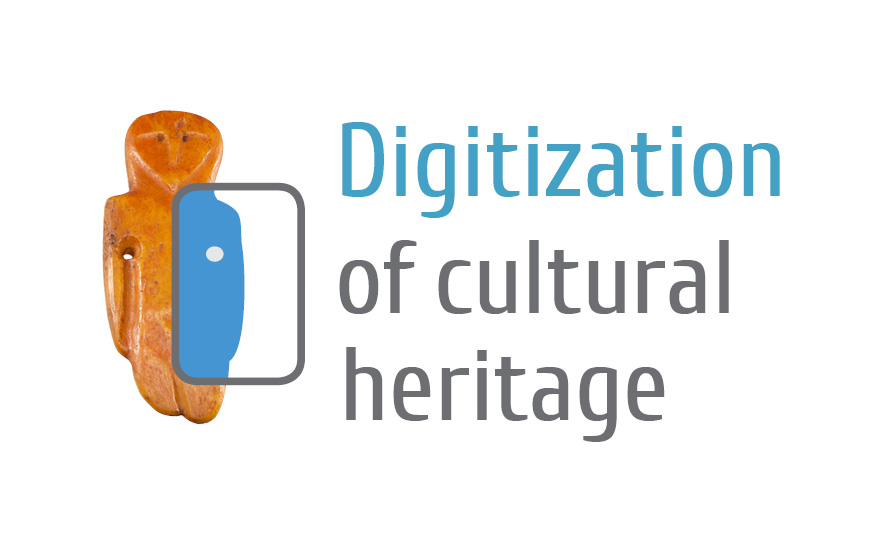During the development of the Lithuanian Integral Museum Information System (LIMIS) (2010-2013), the state LIMIS system was implemented in four national and 17 republican museums. At the same time, all other museums in Lithuania were given the opportunity to work with it.
LIMIS consists of three main subsystems:
LIMIS-C is the central subsystem of LIMIS. It is intended to collect and store digital content of museum exhibits provided by the databases of all LIMIS-M subsystems. During synchronisation, data is sent from the LIMIS-C to the LIMIS-K subsystem. LIMIS-C enables the centralised administration and management of all system operational data (classifiers, thesauri, dictionaries of keywords and personalities, etc.).
LIMIS-M is a subsystem for the automated accounting of exhibits and cultural heritage objects, data analysis, meta data, digital images of digitised objects that are original, derived and intended for dissemination, storing, archiving and submitting of digital content to LIMIS-C. For this purpose, the LIMIS-M subsystem and the LIMIS-M alternative subsystem (a separate case of LIMIS-C) are designed and operate.
LIMIS-K is a subsystem intended for the publicising and submitting to databases of other information systems, registers the digital content stored on LIMIS-C and intended for dissemination.
LIMIS is managed and supervised by the Lithuanian Art Museum. LIMIS data managers are institutions and organisations collecting data on cultural heritage objects on the LIMIS databases. LIMIS internal users are employees of institutions and organisations submitting data to LIMIS.
Information of LM ISC LIMIS branch of the Lithuanian Art Museum
Updated on 10/17/19




